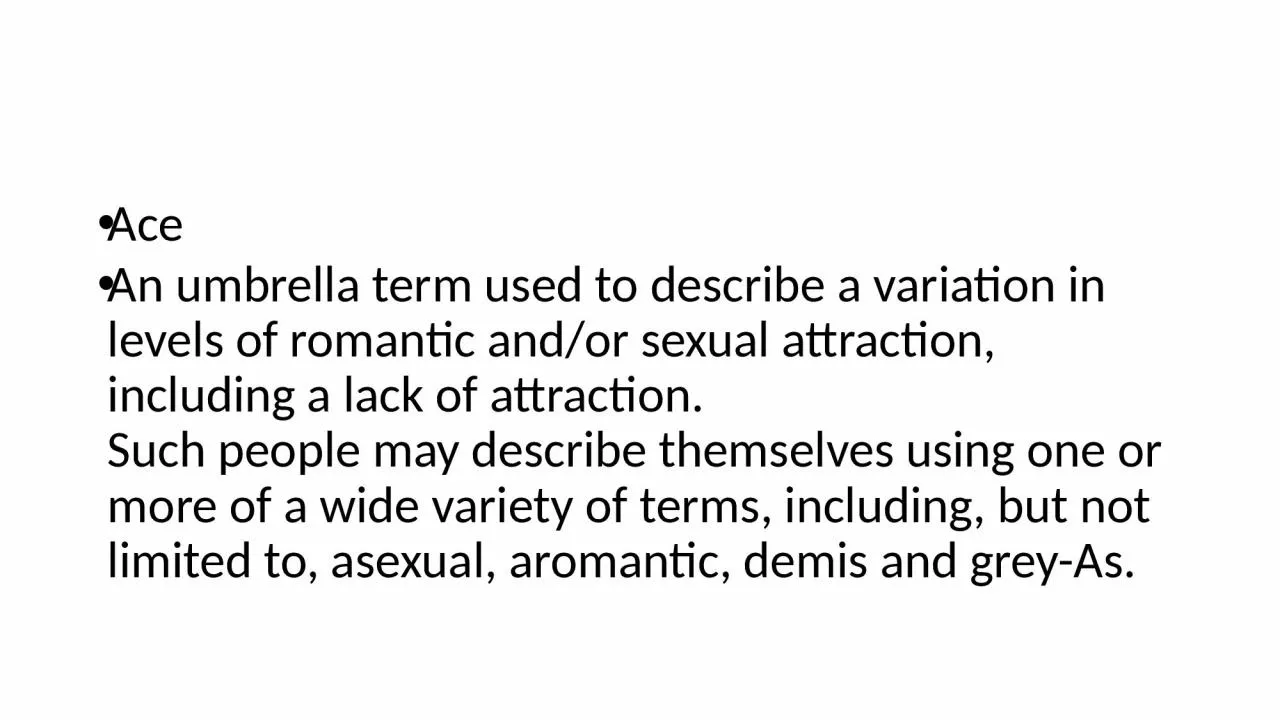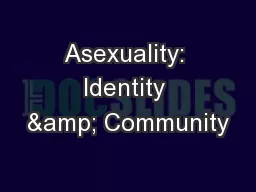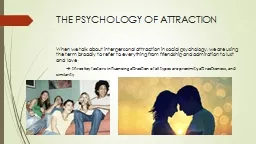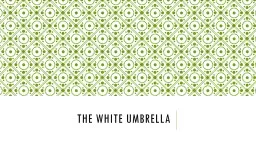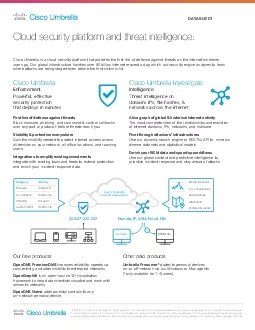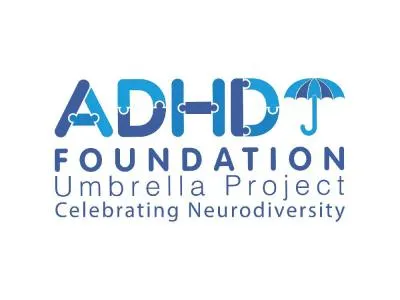PPT-Ace An umbrella term used to describe a variation in levels of romantic and/or sexual
Author : joanne | Published Date : 2024-03-13
Such people may describe themselves using one or more of a wide variety of terms including but not limited to asexual aromantic demis and greyAs Questioning
Presentation Embed Code
Download Presentation
Download Presentation The PPT/PDF document "Ace An umbrella term used to describe a ..." is the property of its rightful owner. Permission is granted to download and print the materials on this website for personal, non-commercial use only, and to display it on your personal computer provided you do not modify the materials and that you retain all copyright notices contained in the materials. By downloading content from our website, you accept the terms of this agreement.
Ace An umbrella term used to describe a variation in levels of romantic and/or sexual: Transcript
Download Rules Of Document
"Ace An umbrella term used to describe a variation in levels of romantic and/or sexual"The content belongs to its owner. You may download and print it for personal use, without modification, and keep all copyright notices. By downloading, you agree to these terms.
Related Documents

